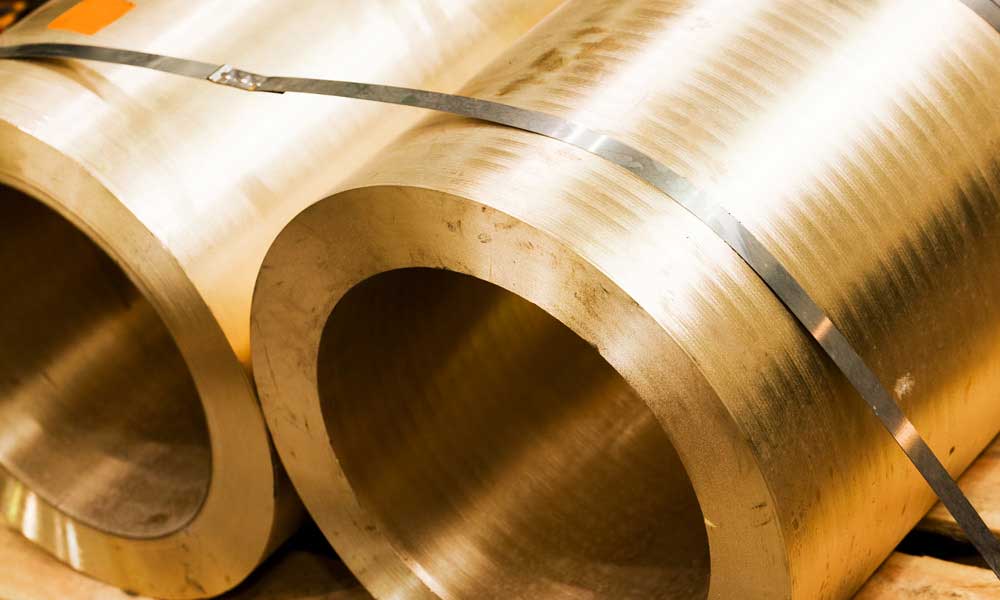The integral stopper rod is a flow control element used in the continuous casting process, in which the rod head is the key part. Magnesia alumina spinel material has high corrosion resistance, and spinel carbon stopper rods are widely used in continuous casting of special steel grades such as high oxygen steel and high manganese steel. With the development of metallurgical technology, its performance requirements are further improved: longer casting time, applicable to more types of molten steel, less carbon addition to molten steel, etc.

The stopper rod head is mainly challenged in two aspects: thermal shock resistance and resistance to molten iron erosion. Improving the performance of spinel carbon stopper rod can be done from the following aspects:

- Optimize the graphite particle size composition and bonding morphology, improve the distribution morphology of graphite crystal phase, and enhance the bonding force of the carbon skeleton.
- Optimize the combination of additives to form a ceramic phase in the matrix and improve the high temp mechanical properties of the spinel carbon stopper rod.
- The in-situ spinel formed in the material can improve the high temp mechanical properties and improve the material’s absorption capacity for FeO and CaO, thereby improving slag resistance.

After heat treatment at 950℃, the conventional physical properties of the sample with magnesia fine particles did not change much, the thermal shock resistance decreased slightly, and the high temperature strength tended to increase with the addition of magnesia.

After heat treatment at 1550℃, the apparent porosity of the sample increased with the increase of magnesia content, and the high temperature modulus of rupture of the sample was better when the magnesia content was 4%. If the magnesia content continued to increase, the high temperature modulus of rupture of the sample showed a significant downward trend, which was not conducive to the erosion resistance performance.







